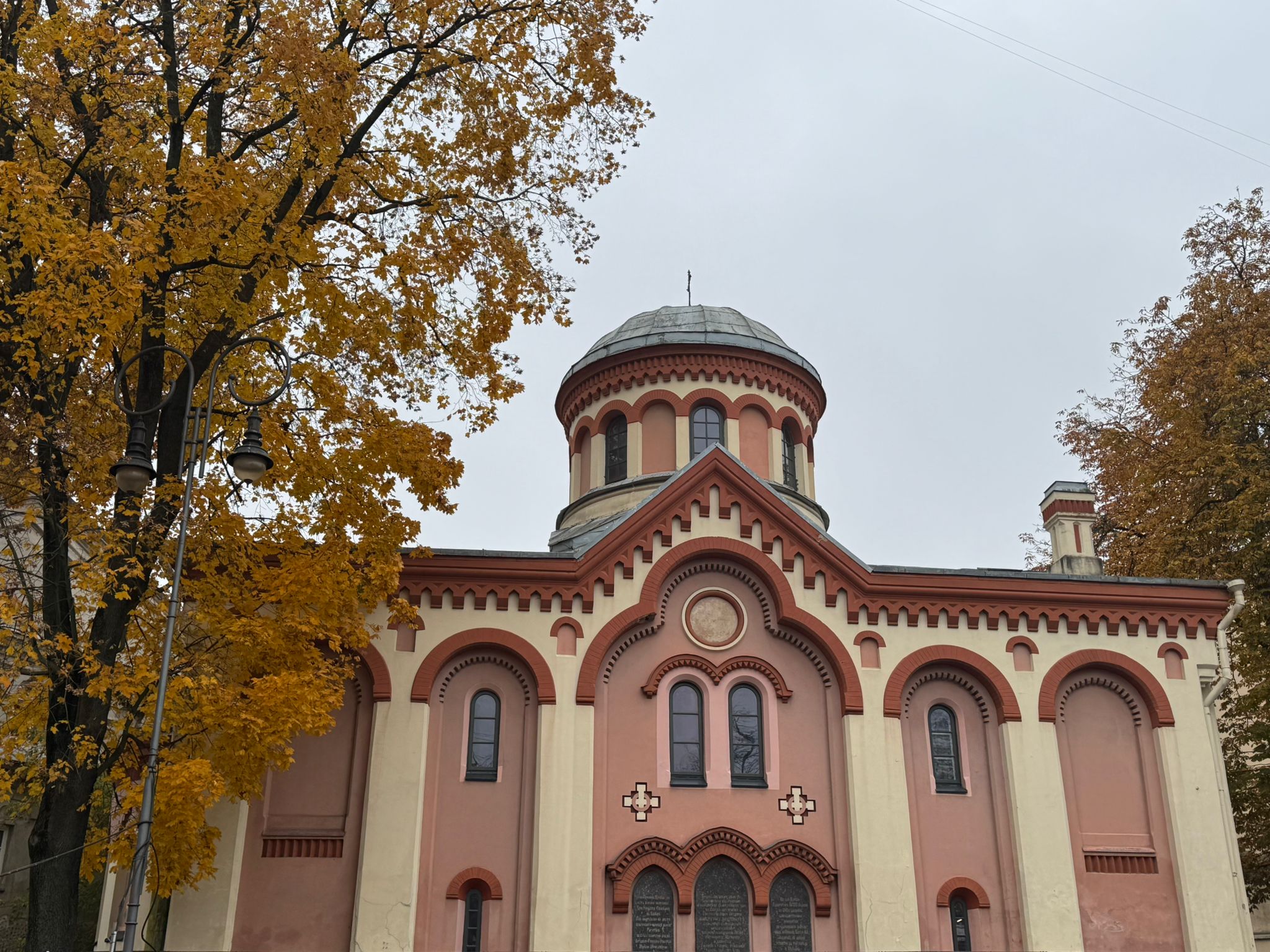Vilnius St. Paraskevius Martyr Church

355

2

1
The Vilnius St. Paraskevius Martyr Church, built in 1345 at the corner of Didžioji and Bokšto Streets, is one of the oldest Orthodox Christian sites in the city. Constructed by Maria of Vitebsk, wife of Grand Duke Algirdas, it was built on the site of a pagan temple dedicated to Ragutis. Over the centuries, it has been destroyed, rebuilt, and passed between different denominations.
In 1708, Tsar Peter the Great visited the church and baptized Abram Hanibal, ancestor of poet Alexander Pushkin. During the Soviet era, it became a museum, but in 1990, it was returned to the Orthodox community. The church now hosts services and features 15th-16th-century icons, including the unique icon of St. Paraskevius, its patroness. Renowned for its architecture, it remains a significant historical and religious monument in Vilnius.
Info
-

Religious Heritage
-
Vilnius

 Entertainment
Entertainment
 Food establishments
Food establishments





























 54.680908, 25.289313
54.680908, 25.289313
 Get directions
Get directions









